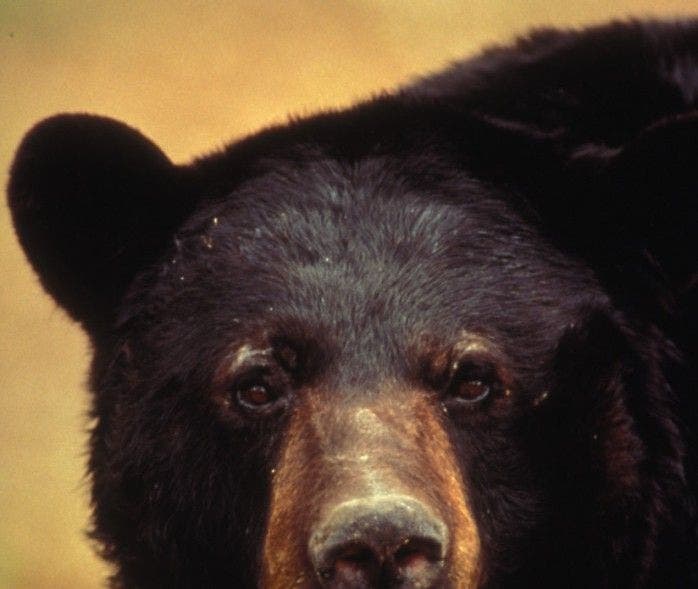Home & Garden
Bear Spotted Near Livingston Home: Report
A bear was spotted in Livingston on Wednesday evening in the E. Northfield Road area, a report says.

LIVINGSTON, NJ — A bear was spotted in Livingston on Wednesday evening in the E. Northfield Road area, a report says. Editor’s Note: The bear pictured above is not the animal mentioned in the report.
Livingston police stated that the bear was seen near the rear deck of a home around 6 p.m., and that animal control was notified about the sighting, TAP Into Livingston reported.
On Thursday morning, another bear was reportedly seen in a tree on Goodhart Drive, TAP Into stated.
Find out what's happening in Livingstonwith free, real-time updates from Patch.
The Livingston Police Department has previously advised residents to stay indoors and let bears pass by during previous sightings.
“There is nothing we can do,” police wrote on social media after a bear sighting in July in the Morningside Drive area. “If you see it just stay indoors and let it continue on. Do not approach or feed the bear please.”
Find out what's happening in Livingstonwith free, real-time updates from Patch.
- See related article: Bear Seen In Livingston: Cops Say ‘Just Stay Indoors'
Bear sightings in the spring have been an increasingly common phenomenon around suburban areas over the past decades, and typically peak in May and June during the animals’ mating season, according to the NJ Division of Fish and Wildlife.
“Black bears have been sighted in all 21 New Jersey counties, and bear-human encounters have occurred more frequently in recent years in places outside of traditional bear country, defined as the area west of Interstate 287 and north of Interstate 78,” the agency states on its website.
The DEP estimates that there are 3,600 black bears in northwestern New Jersey.
According to the National Wildlife Federation, since bears are large and strong animals, many people fear them and resent the damage they can cause, a misunderstanding that needs to be corrected.
“The key to successful co-existence between humans and bears is to recognize that it is no longer possible for either species to occupy all habitats but that where co-occupancy is possible and desirable, humans must be responsible for the welfare of the bear population,” the NWF states on their website.
“Wild areas with little human footprint will remain the most important habitat for bears but peaceful co-existence can occur in the urban-wildland interface as long as humans take the necessary steps to assure that the relationship remains a positive one.”
Read about what to do during an encounter with a black bear here.
File Photo: U.S. Fish and Wildlife Service
Send local news tips, photos and press releases to [email protected]
Get more local news delivered straight to your inbox. Sign up for free Patch newsletters and alerts.